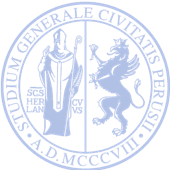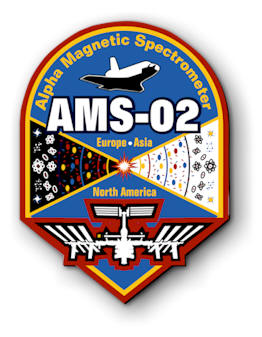Welcome
Welcome to the MAtISSE project page. The topic of this project is the Multichannel Investigation of Solar Modulation Effects in Galactic Cosmic Rays (CRs). Solar modulation refers to the time variability of the CR flux inside the heliosphere caused by the 11-year variability cycle of the Sun’s magnetic activity. More specifically, the interaction of Galactic particles with the heliospheric plasma causes modifications of their flux intensity that is expected to be time-, space-, energy-, and particle-dependent. Understanding solar modulation is very important for characterizing the properties of the heliosphere, for unveiling the origin of high-energy CRs, for the search of dark matter annihilation signatures in the CR spectrum, as well as for the planning of interplanetary space missions. For long time, the study of CR solar modulation has been plagued by two important limitations: the scarcity of long-term CR data, and the poor knowledge of the interstellar CR spectra. With the new generation space experiments such as Alpha Magnetic Spectrometer (AMS) experiment in the International Space Station (ISS), the PAMELA instrument, or the EPHIN detector aboard SOHO, a large wealth of multi-channel and time-resolved CR data has become available. Furthermore, the Voyager-1 spacecraft has recently provided us the very first CR data from interstellar space, i.e. unaffected by solar modulation. The MAtISSE project has three main physics goals: (i) to extend solar modulation measurements of CR leptons and nuclei using the AMS data from the ISS; (ii) to develop numerical data-driven models of CR transport in the heliosphere; (iii) to explore a wide range of implications for the astrophysics of Galactic CRs. These goals address a prerequisite for modelling the effects of cosmic radiation and space weather hazards, which is an increasing concern for space missions and air travellers. The MAtISSE project is conducted at the Department of Physics and Geology at Perugia University, Italy. The action includes collaborations with INFN - Perugia, with the LIP laboratory in Lisbon, Portugal, with the Italian Space Agency, and with several members of the Alpha Magnetic Spectrometer collaboration based at CERN, Geneva.



